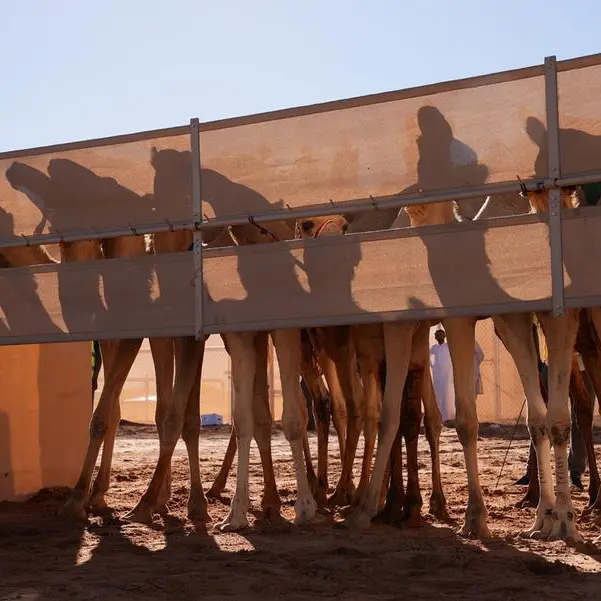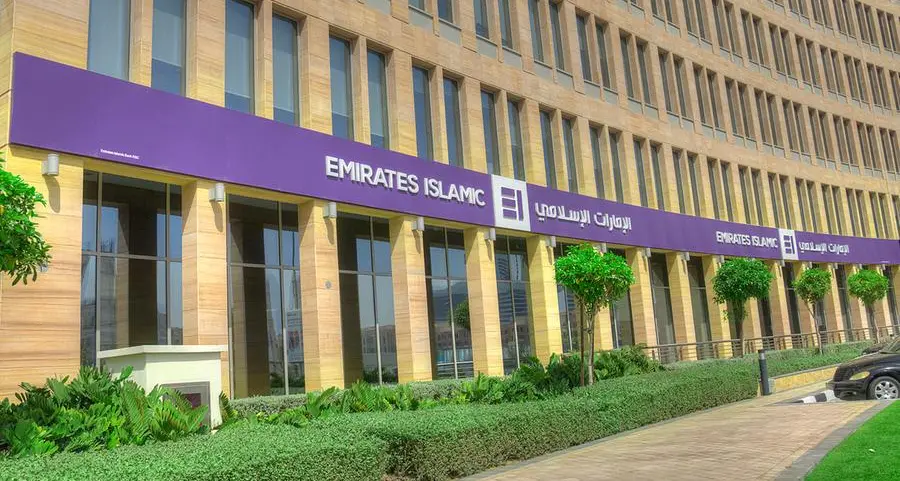PHOTO
Bahrain - There has been a 40 per cent drop in sickle cell disease (SCD) deaths in the past six years, it has been revealed.
During the period, the number of SCD patients being admitted to the intensive care unit also dropped by 60pc, meaning shorter hospital stay and waiting time to see a doctor.
The developments were attributed to the Hereditary Blood Disorder Centre – a multidisciplinary clinic designed as a solution to the various challenges faced by the community in the country – set up at Salmaniya Medical Complex (SMC) in 2014.
The centre treats more than 70pc of the estimated 8,600 patients in Bahrain suffering from complications associated with the hereditary blood disorder.
The information was shared by SMC genetic blood diseases consultant Dr Jaffar Al Tooq at a first-of-its-kind SCD-GCC virtual media roundtable yesterday organised by global healthcare company Novartis.
“The number of patients who visited the SMC Accident and Emergency department was around 120 per day, and the admission rate was 50 to 20, while 80pc of the services were availed by 5pc of these patients,” he said.
“This reduced to around 45 to 60 patients a day and the waiting time to see a doctor reduced to six from 10 minutes; now it takes an average of only 25 to 40 minutes to administer the first analgesic medication.”
The GDN has repeatedly highlighted SCD patients having to wait for long hours to see a doctor, sometimes extending over a day during weekends and public holidays.
Dr Al Tooq said 10 SCD patients died until June last year, compared with 32 in 2010.
The number of deaths in 2011 was 32, surging to 47 in 2012 before dropping to 33 in 2013 and shooting up again to 46 the following year.
Subsequently, it dropped to 20 in 2015, 22 in 2016, 20 in 2017 and 18 in 2018.
“The major challenges were the overwhelming numbers (of patients) at the emergency room and local health centres,” he said.
“The poor communication between primary and secondary care also added to the challenges.
“The solution was to open a hereditary blood disorder centre, and the establishment of multidisciplinary clinics and clinics in primary care.
“Others included the Bahrain Society for Sickle Cell Anaemia Patient Care, a network of the patient community and the Health Ministry, and identifying special area for patients in the emergency room.”
Sixty per cent of the patients are in the Northern Governorate, 20pc in the South, 13pc in the Capital and 7pc in Muharraq.
Dr Al Tooq underlined the need to “change” the negative medical attitude towards patients based on their opioid use.
“We should discontinue the identification of patients by their opioid use as dependent and independent; instead, identify those with chronic pain and treat them appropriately.”
The sickle cell disease, which has a high prevalence in the region, is characterised by abnormal blood cells that have a tendency to take on a rigid, sickle-like shape.
Sufferers are prone to a number of acute and chronic health problems such as infection, attacks of severe pain known as “sickle-cell crisis” and stroke.
© Copyright 2020 www.gdnonline.com
Copyright 2020 Al Hilal Publishing and Marketing Group Provided by SyndiGate Media Inc. (Syndigate.info).












